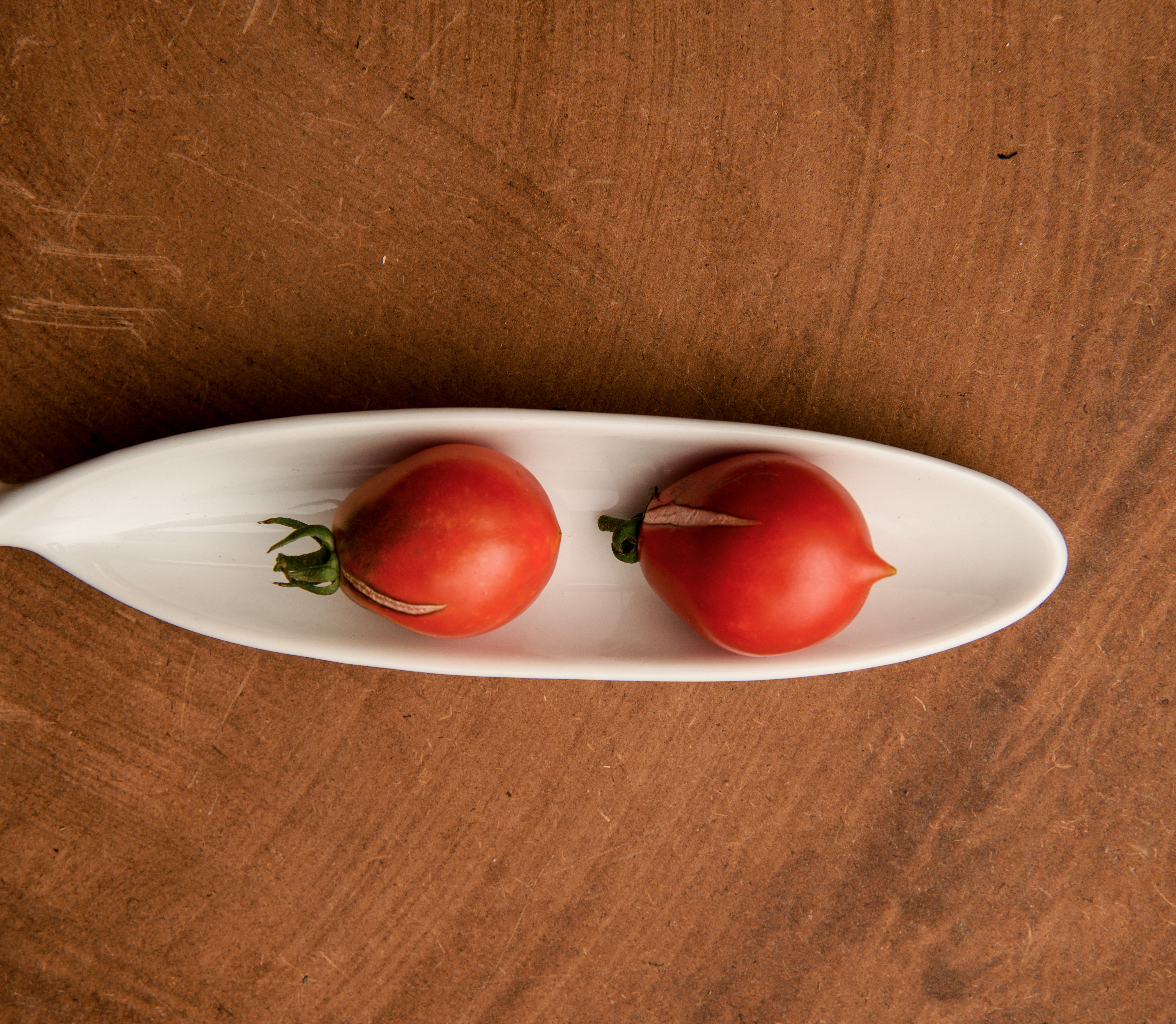A few days ago I returned from a short trip to the Campania region of Italy. I had on my list a stop at the foot of Vesuvius to taste the famous tomatoes dried in bunches. To my great regret I didn’t make it because the trail was closed due to landslides.
What piqued my curiosity is that they seem to have an amazing taste due to the mineral-rich volcanic soil. It wasn’t to be on this occasion but, since I documented the variety, I leave some interesting information below to help you in the pursuit of something new and interesting to grow next year.
The variety is called “Pomodorino del Piennolo del Vesuvio DOP”. It dates back to 1759 when it was brought from Peru as a gift on the occasion of the coronation of King Ferdinand IV. It acquired the status of “DOP” (controlled designation of origin) in 2009, which means that only tomatoes grown in a defined area of the province of Naples can be marketed under this designation.
Indeed, organoleptically, Piennolo del Vesuvio is unique. It is a small, pear-shaped tomato with an elongated lower part, divided into two lobes at the top. The skin is firm, the flesh dense with very little juice. The taste is acidic and sweet, very present, intense and balanced.
Beyond these characteristics, what makes it special in my mind is the preservation technique “al piennolo” (it means “hanging” in Neapolitan dialect) that my mother described to me many times when I asked her to tell me about her childhood in a small village near the Black Sea. She has a very fond memory of my great-grandfather picking ripe grapes and drying them in the attic of the house. The whole family enjoyed the sweet taste of raisins all winter. Unfortunately this technique was lost like many other preserving practices due to the unrestricted, out of season, access to vegetables and fruits.
Returning to our tomatoes, Piennolo del Vesuvio can be preserved this way because they are firmly attached to the peduncle. They are picked when almost 70% ripe and arranged on strings in bunches ranging from 1kg to 5kg. They are then hung in well-ventilated, shady areas. Preserved in this way, the tomatoes last between 7 and 8 months.
If you are thinking of selecting them for the next season, you should also know that the plants are hardy and productive.
With love for tomatoes,
Claudia


Recent Comments